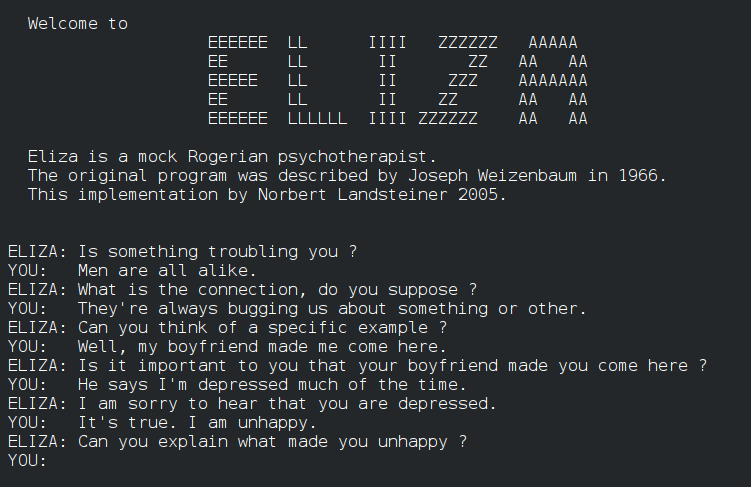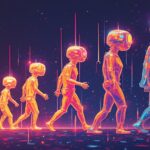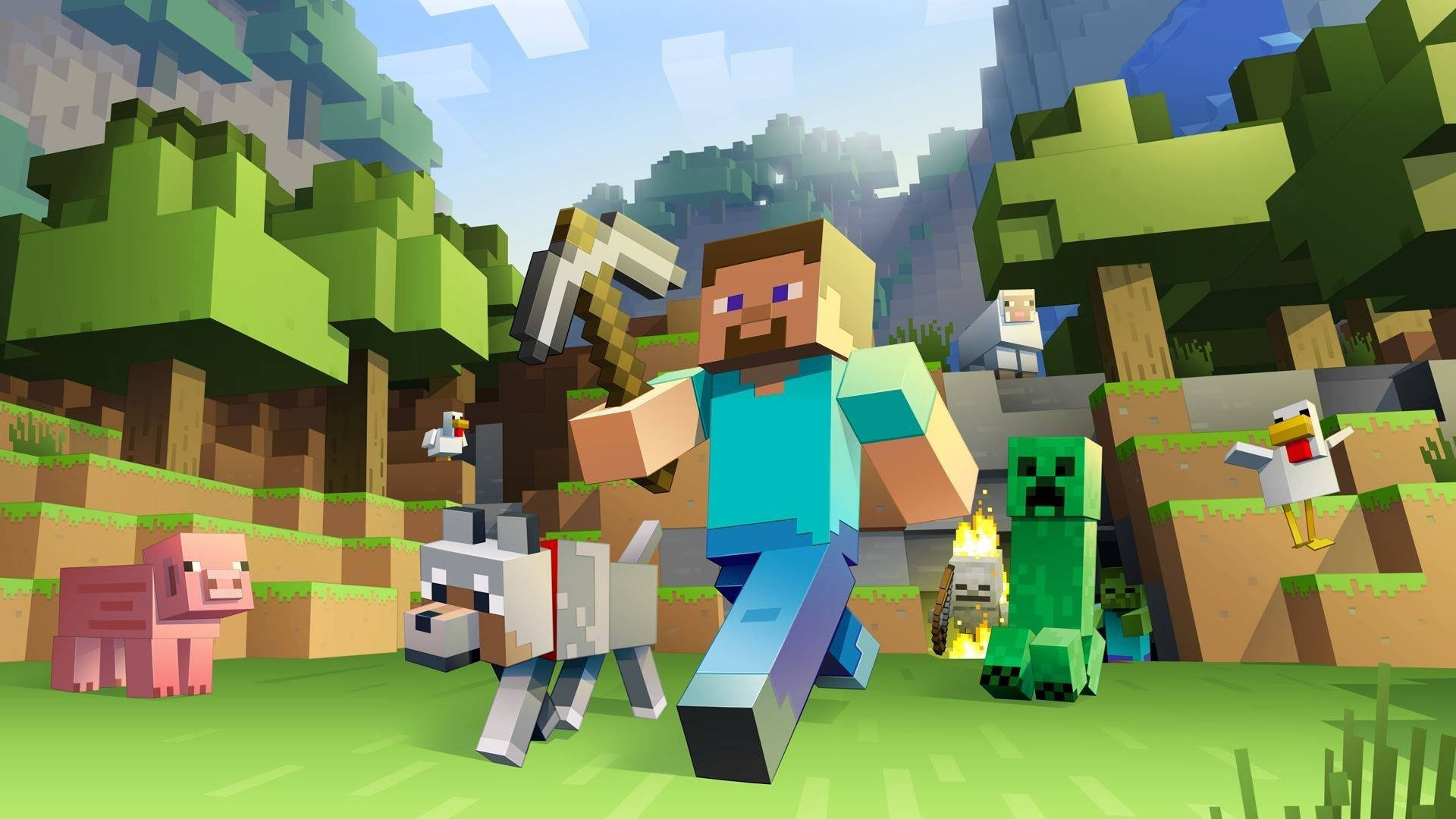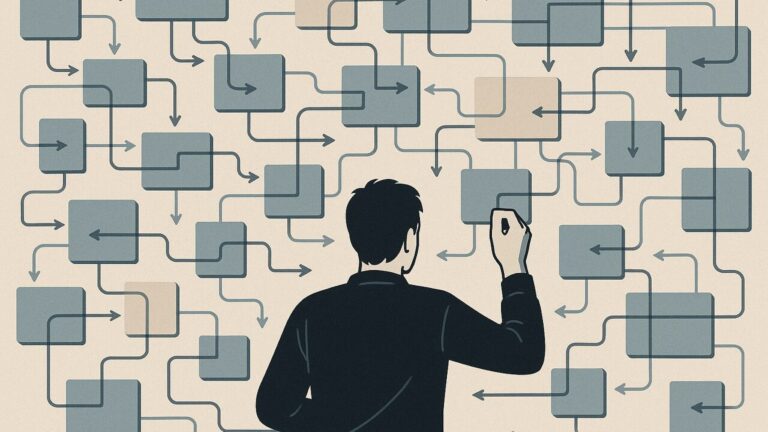The evolution of AI in digital products4 min read
Reading Time: 3 minutesIn the last few decades, artificial intelligence (AI) has gone from being a futuristic concept to a core component of modern digital products. What began as simple rule-based systems has evolved into sophisticated machine learning models capable of understanding, generating, and acting upon human-like data. This rapid evolution has fundamentally transformed industries, enabling smarter tools and more personalized user experiences. Here’s a look at how AI in digital products has developed over time and where it stands today.
The early days: rule-based AI (pre-2010)
The first wave of AI in digital products focused on basic automation and decision trees. Chatbots like ELIZA (developed in the 1960s) and early customer support tools paved the way for automated conversations. These systems relied heavily on pre-programmed responses and could not adapt to user intent.

In the 2000s, industries began integrating simple AI-driven tools:
- Customer Support: Rule-based chatbots handled basic FAQs.
- E-commerce: Amazon introduced product recommendations based on collaborative filtering.
- Finance: Banks deployed SMS-based services for account inquiries and alerts.
While these early systems were limited in scope, they laid the foundation for more advanced AI models.
The expansion phase: machine learning and NLP (2010–2015)
The advent of machine learning (ML) and Natural Language Processing (NLP) marked a turning point for AI in digital products. ML models enabled systems to analyze vast amounts of data and make predictions, while NLP allowed AI to process and understand human language more effectively.
Key innovations during this period include:
- Personalized shopping experiences: Amazon refined its recommendation engine, suggesting products based on user behavior.
- Language learning: Platforms like Duolingo utilized AI for adaptive tutoring, tailoring lessons to individual progress.
- Healthcare: Symptom checkers like WebMD’s early tools began providing basic diagnostic support.
This phase also saw the rise of virtual assistants like Siri and Google Now, which introduced voice-driven interactions to everyday users.
The maturation phase: conversational AI and context awareness (2015–2020)
The release of deep learning frameworks like TensorFlow and PyTorch accelerated AI advancements. AI systems could now understand context, enabling more natural and meaningful interactions.
Major developments during this time included:
- 24/7 customer assistance: AI-powered chatbots like Zendesk’s Answer Bot became standard, providing consistent support.
- Developer tools: GitHub Copilot, leveraging OpenAI’s Codex, streamlined coding by suggesting functions in real-time.
- Gaming: AI-driven companions and tutorials enhanced player experiences in games like Minecraft.

AI also began integrating with IoT devices, enabling smarter troubleshooting and control mechanisms for home automation products like Google Nest and Amazon Echo.
The modern era: large language models and specialized AI (2020–present)
The emergence of large language models (LLMs) such as GPT-3, Claude, and LLaMA has redefined what AI can achieve. These models leverage billions of parameters to generate human-like text, enabling once unimaginable applications.
Recent breakthroughs include:
- Productivity tools: Microsoft Copilot in Office 365 revolutionized productivity by drafting emails, summarizing documents, and automating workflows.
- Finance: Banks like BBVA use ChatGPT Enterprise to enhance internal efficiency, with customized AI agents handling legal, risk, and marketing tasks.
- Healthcare: Mental health chatbots like Woebot provide accessible therapy alternatives.
- Real estate: JLL’s GPT reduces task timelines from weeks to hours by automating document drafting and client interactions.
- Software development: Github’s Copilot for backend, and Frontier for frontend have further simplified code generation Anima’s AI-driven platform enables faster prototyping, real-time design-to-code conversion, and streamlined workflows for product teams, reducing the gap between design and development.”
Furthermore, AI integration in platforms like Notion and Zapier has made advanced features such as summarization, automation, and content generation more accessible to individuals and small businesses.
The future of AI in digital products
As AI continues to evolve, we can expect:
- Hyper-personalization: AI will refine its ability to tailor experiences to individual users, offering unparalleled customization in education, entertainment, and healthcare.
- Enhanced accessibility: AI-powered tools will make technology more inclusive, catering to users with disabilities through voice, gesture, and text-to-speech interfaces.
- Decentralized AI: Open-source models like LLaMA will empower developers to build customized AI systems without relying on centralized providers.
- Ethical AI development: As AI becomes more integral to digital products, ethical considerations like data privacy and bias mitigation will take center stage.
The journey of AI in digital products reflects its transformative potential. AI has fundamentally changed how we interact with technology, from simple chatbots to powerful language models driving innovation in diverse industries. As we look to the future, one thing is certain: AI will continue to evolve, making digital products smarter, more efficient, and more human-like than ever before.


 Figma
Figma Adobe XD
Adobe XD Blog
Blog



